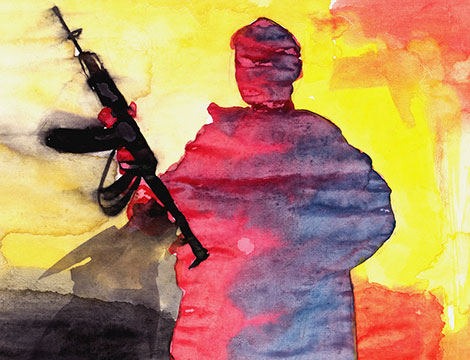
This article was originally published by the S. Rajaratnam School of International Studies (RSIS) on 22 August 2017.
Synopsis
As the Western Mindanao Command (Westmincom) closes in on the dwindling number of IS militants in Marawi, various terrorist tactics learned from the wars in Iraq and Syria are being replicated to worsen the conflict in southern Philippines and spread IS influence in the region.
Commentary
The Armed Forces of the Philippines (AFP) has managed to recapture most of Marawi back from the Maute Group and its acolytes despite the military’s lack of familiarity with urban warfare and the terrain. Westmincom has made “great advances” addressing the “complicated” issues on the ground even though it missed the deadline for retaking Marawi fully or wiping out terrorism from Mindanao by June 2017.
However, for the Maute Group and other terrorist groups in Mindanao, the eventual loss of Marawi will not be so much of a setback as the beginning of bolder military moves to capture territory, even if briefly, to demonstrate their fighting capability and rally support for the so-called Islamic State (IS) in the region, especially in the wake of IS military defeats in Iraq and Syria.




